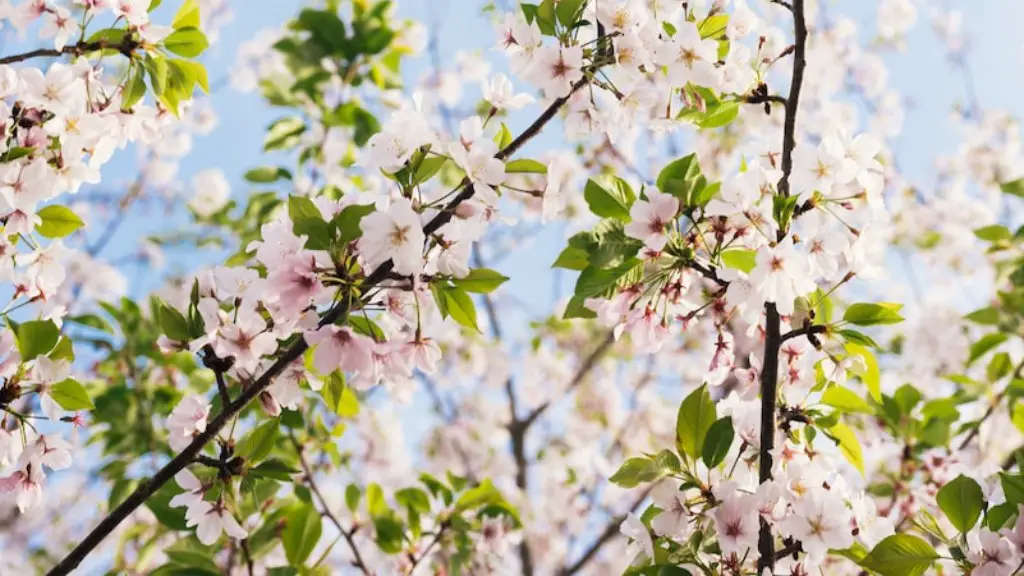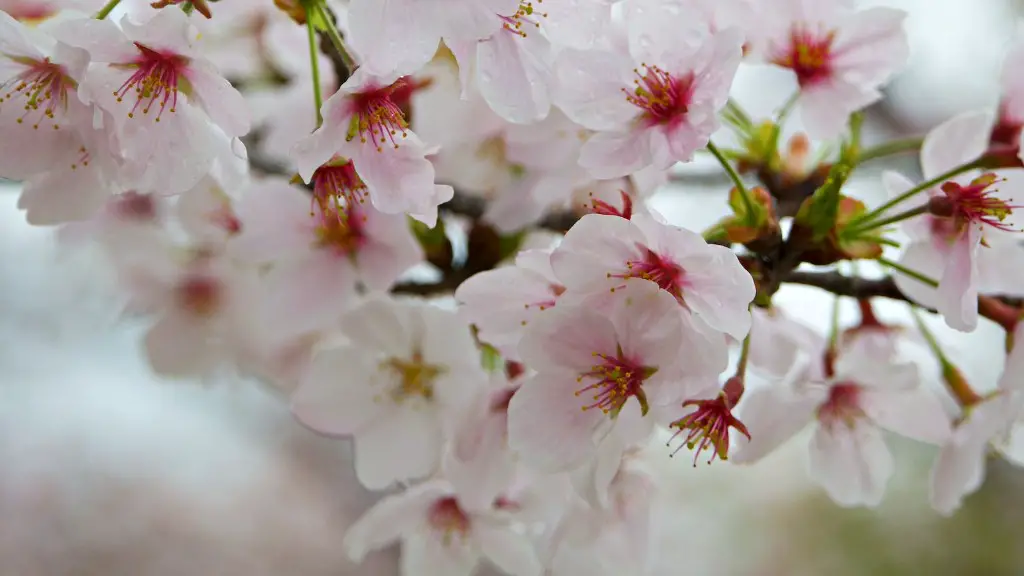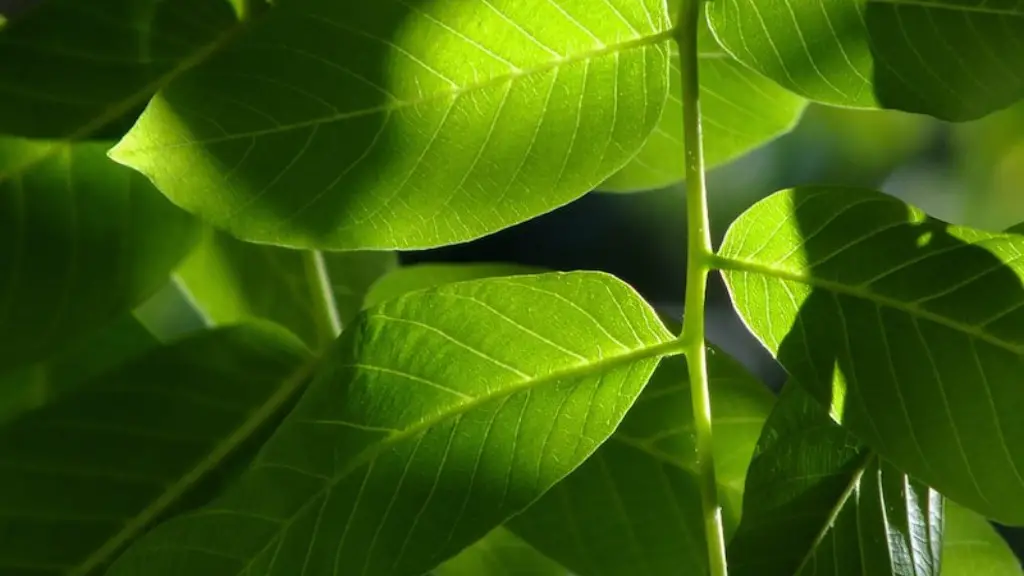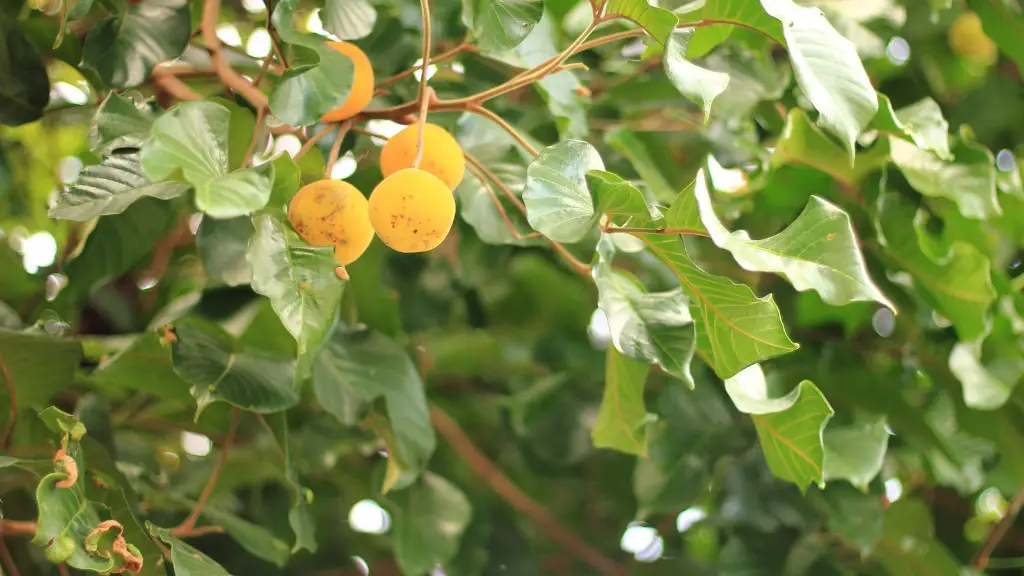The Benefits of Self-Pollinating Cherry Trees
Cherry trees have long been a staple in backyards and orchards across the world. This is partly due to the delicious tartness of their fruit and the vibrant blossoms that make them a cornerstone to any picturesque landscape. But, did you know that some varieties of cherry trees are self-pollinating? Self-pollinating cherry trees can still easily be grown in diverse areas, even with limited resources. Here, we explore the advantages of self-pollinating cherry trees, backed with evidence from experts in the field as well as our own insights and analysis.
What is Self-Pollination?
Self-pollination, also known as ‘cleistogamy’, is a type of pollination that occurs in plants without the need of external pollinators. For cherry trees, this means the flowers have the capability to pollinate themselves, which is why they don’t need external agents, such as bees or birds, to assist in their reproduction and subsequent fruiting.
Ease of Propagation
Self-pollinating cherry varieties typically produce a large yield of fruit, making them one of the most economical options for home orchardists. With larger harvests, these trees can be easily propagated from the existing stock. In the cases where propagation from cuttings may not be possible, growers may take advantage of the trees’ propensity towards self-pollinating and use seeds from mature trees to reproduce new, healthy stock.
Scientific Impact
In certain cases, self-pollination has provided cross-breeding opportunities. Expert botanists have noticed that self-pollinating cherry tree varieties tend to produce stronger and more flavorful fruit when they are crossed with other cherry varieties.
Variety Without the Hassle
Another advantage of self-pollinating cherry trees is the variety of options available to growers. As self-pollinators, these trees can be easily inter-planted with other fruit-bearing species without the need of an external pollinator agent. As a result, growers can experiment with different varieties of fruit without dedicating extra funds to recruiting enlisting agents like bees.
Different Types of Self-Pollinating Cherry Trees
At first, it may seem that all cherry trees are self-pollinating. But in reality, only some varieties can self-pollinate. For example, certain cultivars of sweet cherries, such as Lapins and Stella, are self-fertile. Sour cherries, such as Montmorency and Evans Bali, can self-pollinate as well.
Disease Resistant
Because self-pollinating cherry varieties are not dependent on external pollinators, they are much more disease resistant. They rarely have pest problems that require heavy amounts of pesticide due to the lower levels of interaction with other trees. This is beneficial in small orchards, where growers may not have the resources to harvest special chemicals to treat diseases and pests.
Fruits Grow Quicker
Fruits produced from self-pollinating plants tend to mature significantly faster than those produced from open-pollinated plants. As a result, self-pollinating cherry trees are highly sought after for commercial orchards, where a rapid turnover of fruit is required.
Longer-Lived
Self-pollinating cherry tree varieties tend to have an extended lifespan when compared to cherry trees that require bees and other agents for pollination. This is beneficial to home orchardists looking to set up a lasting, sustainable garden environment.
Climate Adaptability
Self-pollinating cherry trees are able to adapt to different climates, making them a popular choice for varied geographies. For example, sweet cherry trees, such as Rainier and Stella varieties, can be grew in various climates, ranging from temperate to subtropical.
Climate Change Mitigation
Cherry tree varieties that are resistant to environmental fluctuations are particularly advantageous in a climate change context. This is because the trees can be easily propagated towards colder climates—something that can not be achieved by cherry trees dependent on pollinators.
Care Requirements
Self-pollinating cherry trees typically require less resources and maintenance, making them an ideal choice for beginner growers. Only moderately susceptible to pests and diseases, these trees need less pesticide compared to other fruit-bearing plants. Home orchardists don’t need to worry about complex pollination techniques when using self-pollinating cherry tree varieties.
Improves Genetics
Self-pollinating cherry tree varieties are a great way to improve the genetic diversity of fruit varieties as they allow growers to experiment with different types without the extra burden of securing external agents. Moreover, self-pollinating cherry trees tend to have stronger and more uniform genetic foundation that gives them a more stable production cycle.
Characteristics of Self-Pollinating Cherry Trees
The characteristics of self-pollinating cherry trees vary depending on the type of species, with some being hardier than others. For example, sweet cherry trees, such as the Bing and Hartford varieties, are high-yielding, robust, low-maintenance varieties that are well-suited to small-scale orchards. Sour cherry trees, such as Montmorency and Evans Bali, on the other hand, are higher-maintenance types that must be pruned in a specific manner and whose harvests are usually much smaller when compared to sweet cherry varieties.
Pruning
Self-pollinating cherry trees require different types and amounts of pruning depending on the species, age and size of the tree. Some cultivars require little pruning, while others require yearly pruning to maintain sufficient shape and fruit production.
Planting & Fertilizing
The majority of self-pollinating cherry tree varieties do not grow rapidly, so a light application of fertilizer can be beneficial. When planting or transplanting, a 4-inch layer of mulch should be applied in order to protect the roots of the tree.
Harvesting & Storing
When harvesting self-pollinating cherry types, it’s important to be mindful of the ripeness of the fruit as there is always the potential for glassy, sour cherries depending on the variety. To prevent spoilage, fruits should be handled with caution and promptly stored in a cool, dry container.
Potential Limitations of Self-Pollinating Cherry Trees
Though self-pollinating cherry trees have many advantages, there are some potential shortcomings. Because certain cherry tree varieties do not need an external pollinator, the quality of the fruits produced may suffer due to the absence of genetic variety. Additionally, some cultivars tend to have a shorter shelf-life when compared to non-self-pollinating trees.
Lack of Variety
In some cases, self-pollinating cherry tree varieties may not be able to provide the desired levels of variety due to a lack of genetic diversity. The absence of external pollinators can prevent the introduction of essential new traits, resulting in a lack of complexity in the fruits.
Shorter Shelf-Life
Self-pollinating cherry trees tend to have a shorter shelf-life compared to trees that have been pollinated externally. This is due to the fact that self-pollination typically results in fruits that are more perishable, due to uniformity of the genetic foundation.
Environmental Impact
Though self-pollinating cherry tree varieties tend to be hardier than other varieties, this does not necessarily mean that they require less environmental inputs. For example, certain self-pollinating cherry trees may require more resources such as water to thrive, leading to a negative environmental impact over time.
Conclusion
Self-pollinating cherry trees offer a wide range of advantages to home orchardists, from ease of propagation to disease-resistance. These trees are also well-adapted to various climates, making them a popular choice for diverse geographies. However, it’s important to consider potential limitations, such as lack of variety and shorter shelf-lives, when choosing to grow self-pollinating cherry tree varieties.




